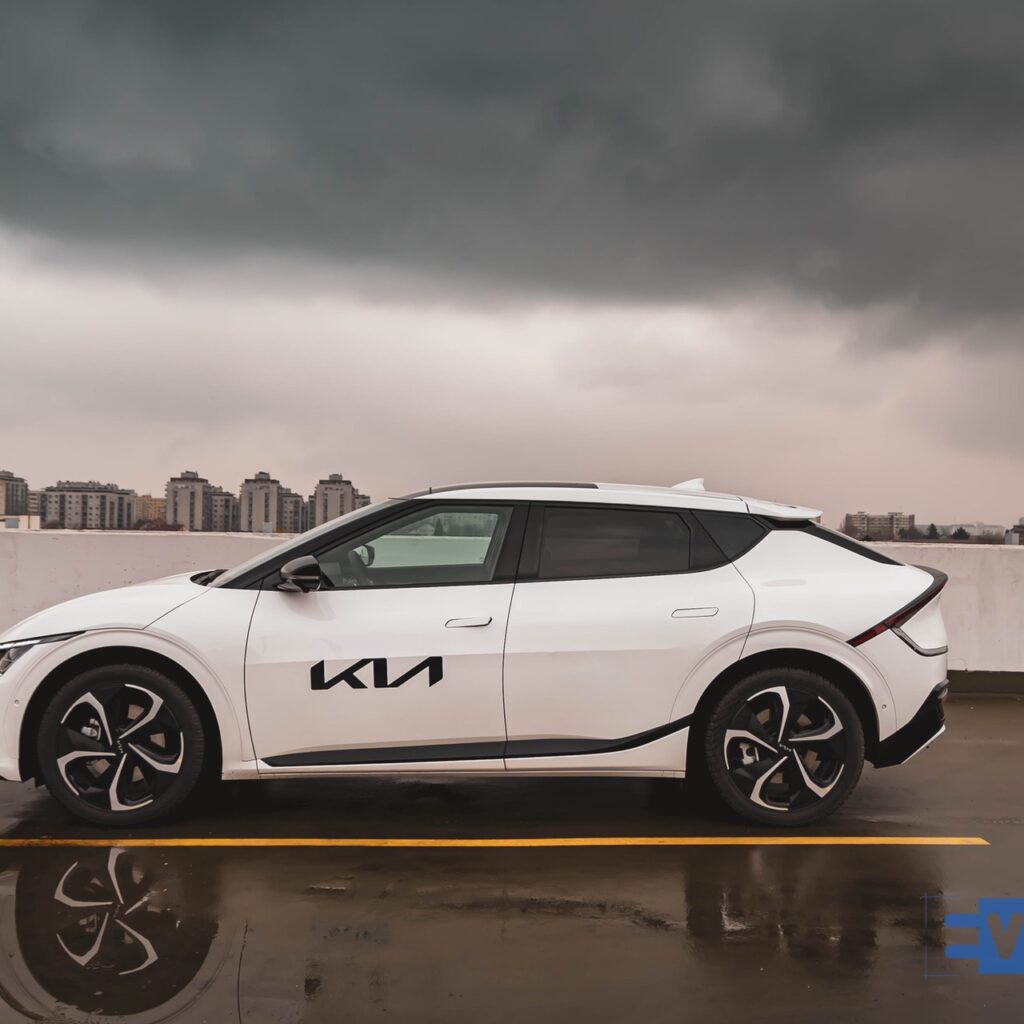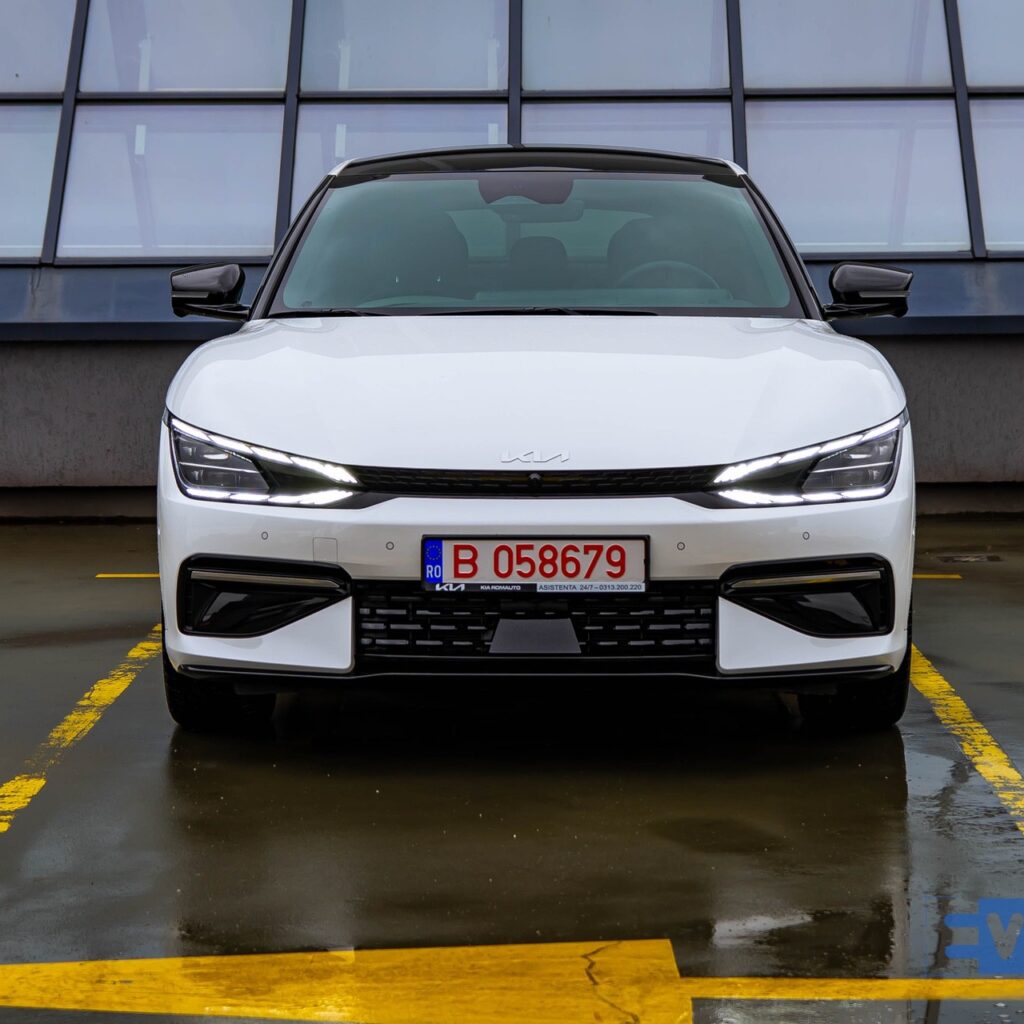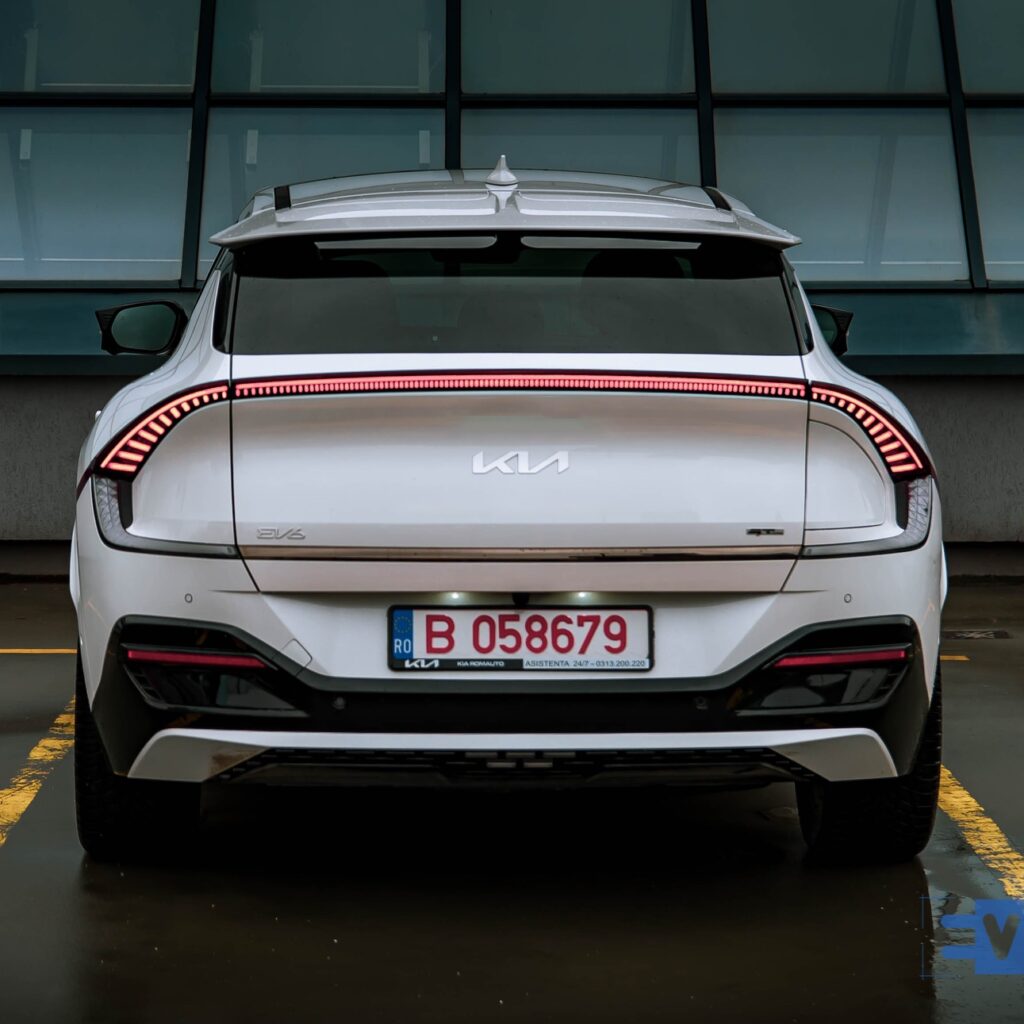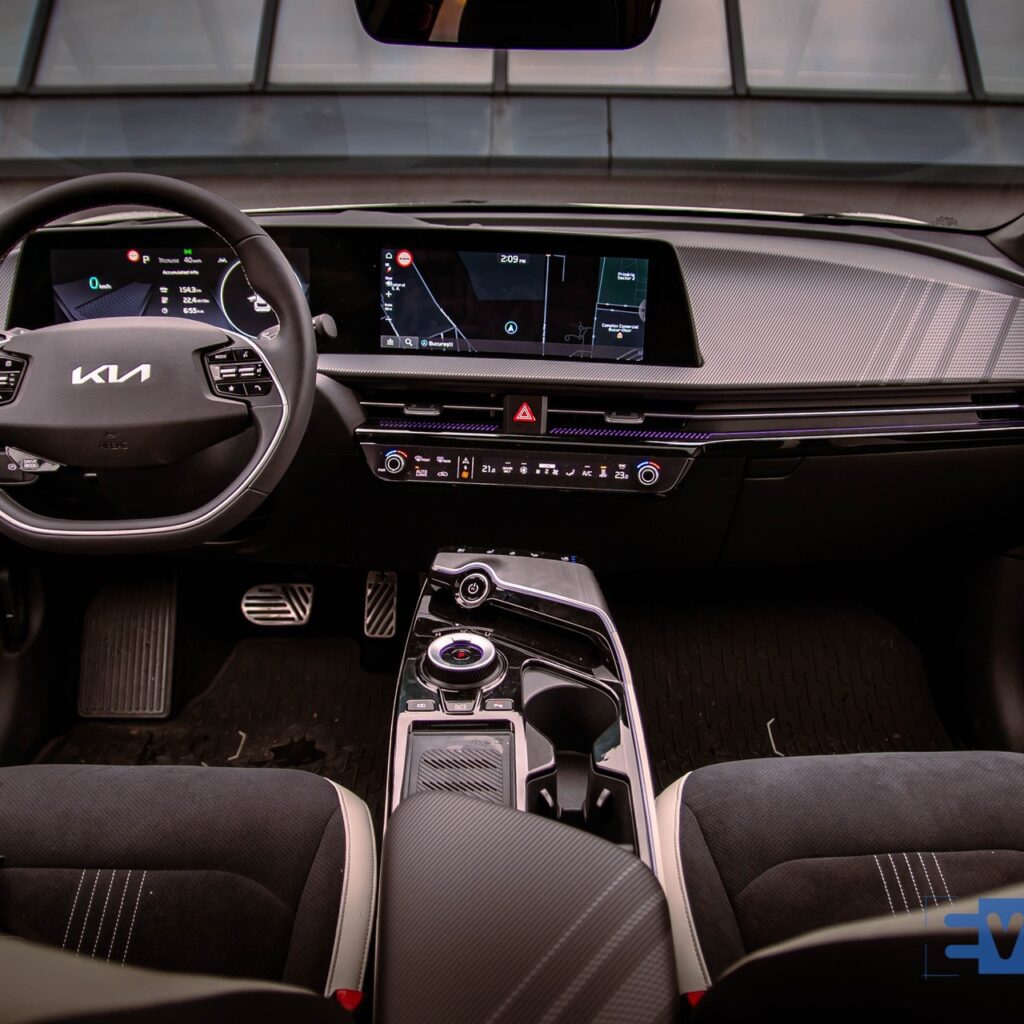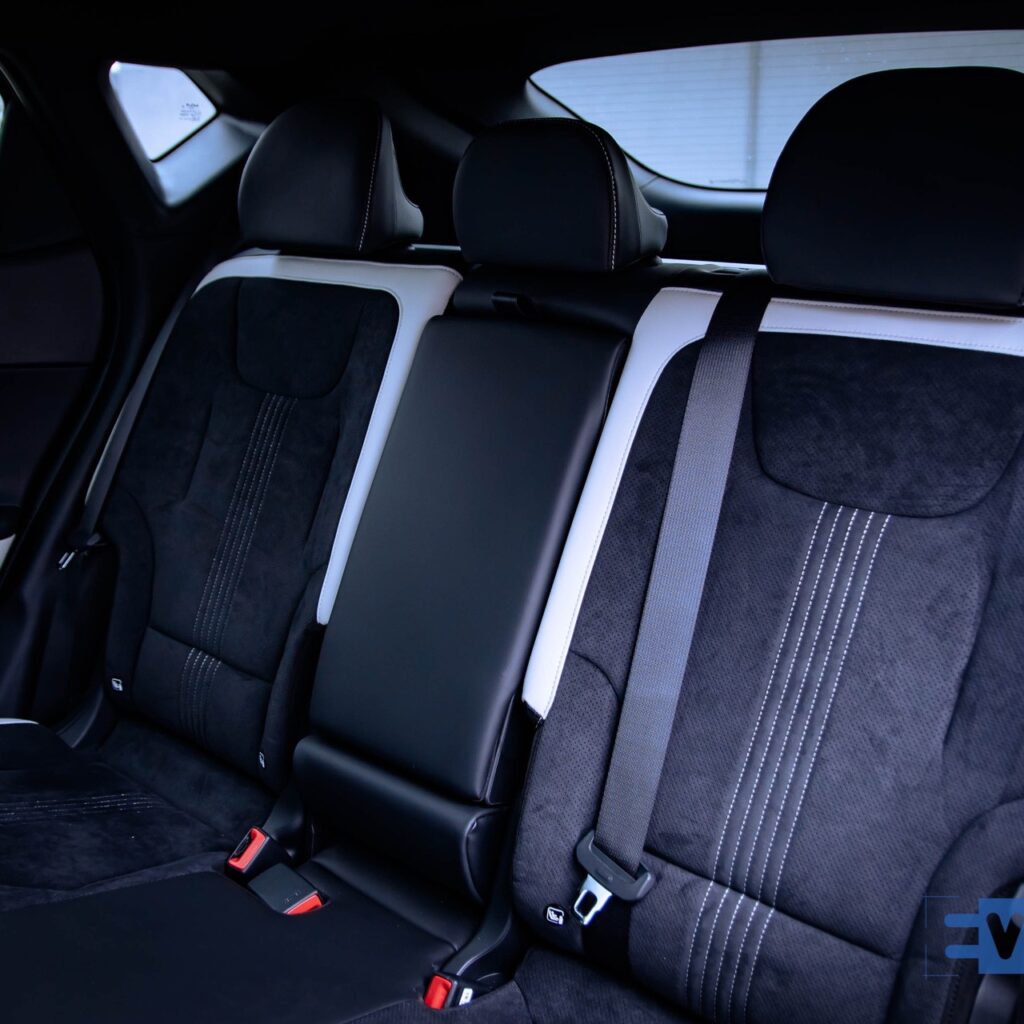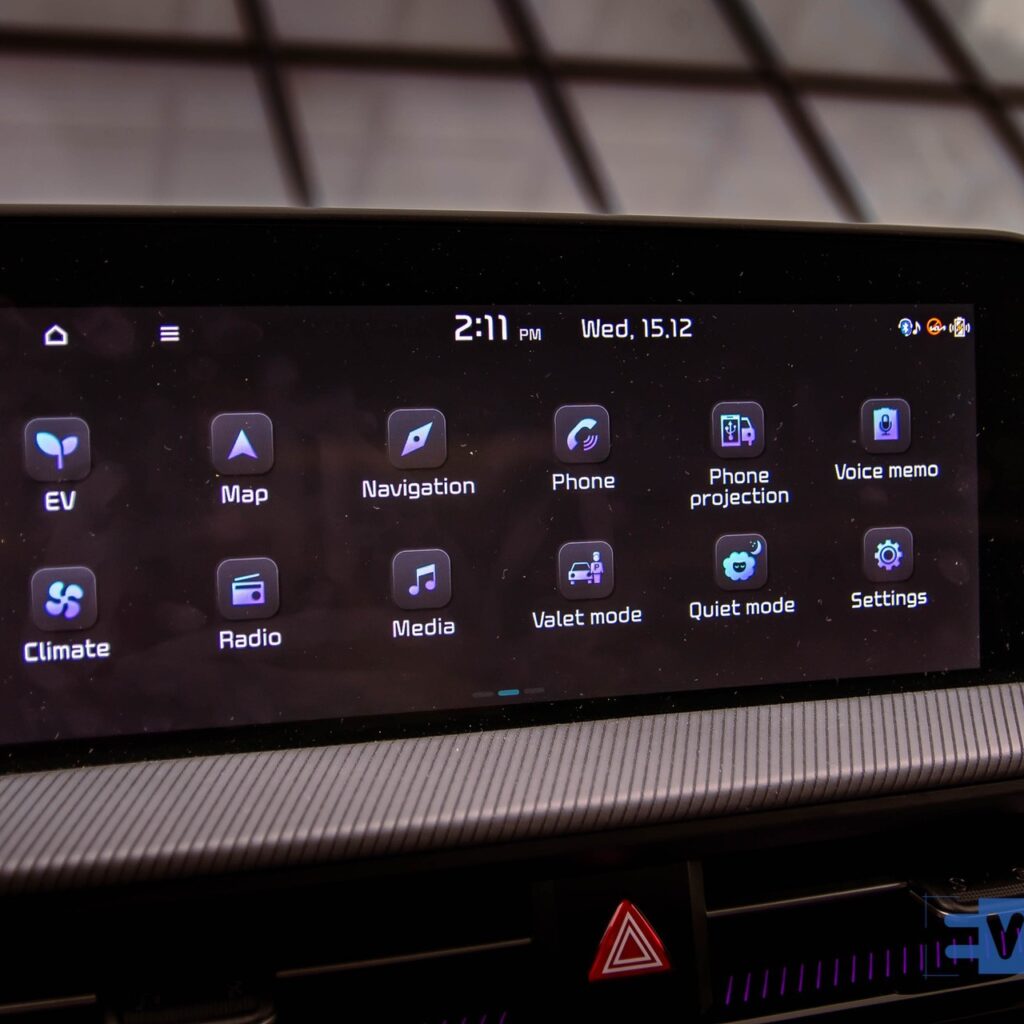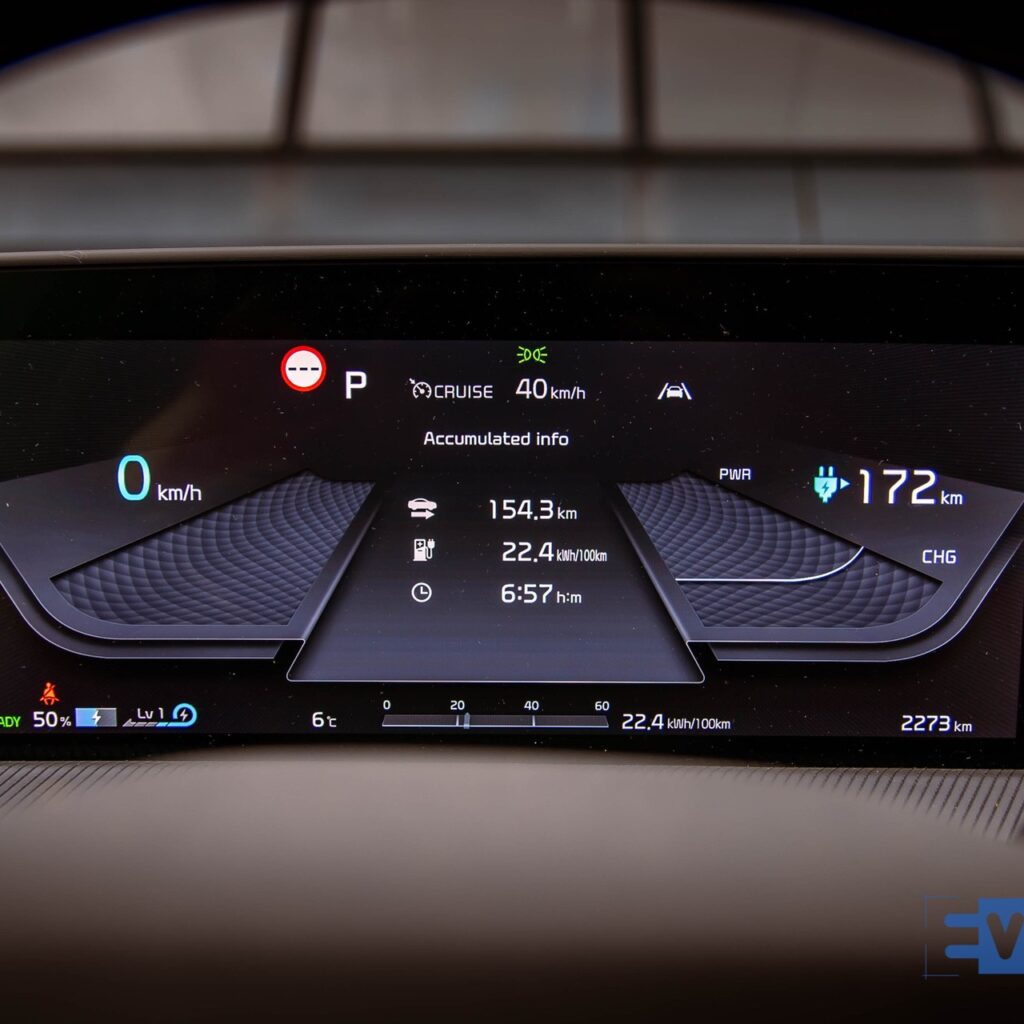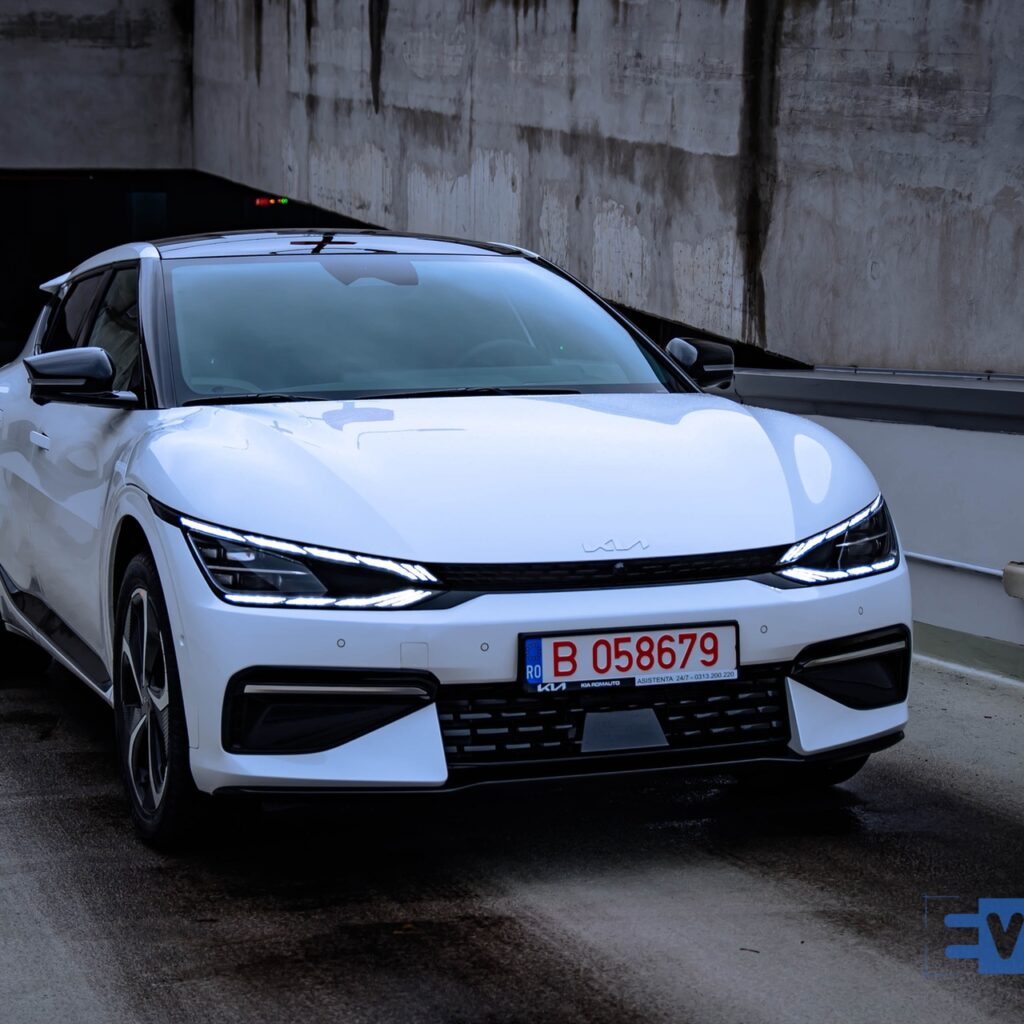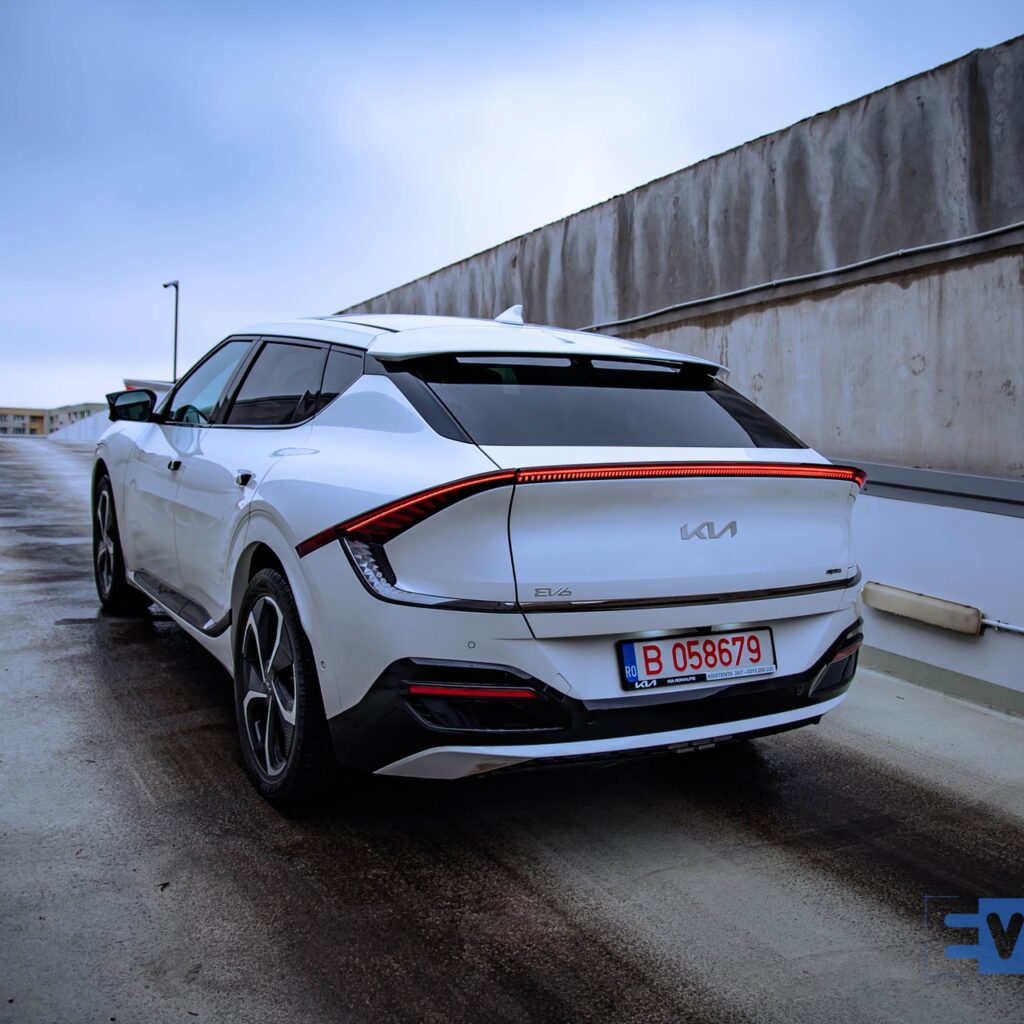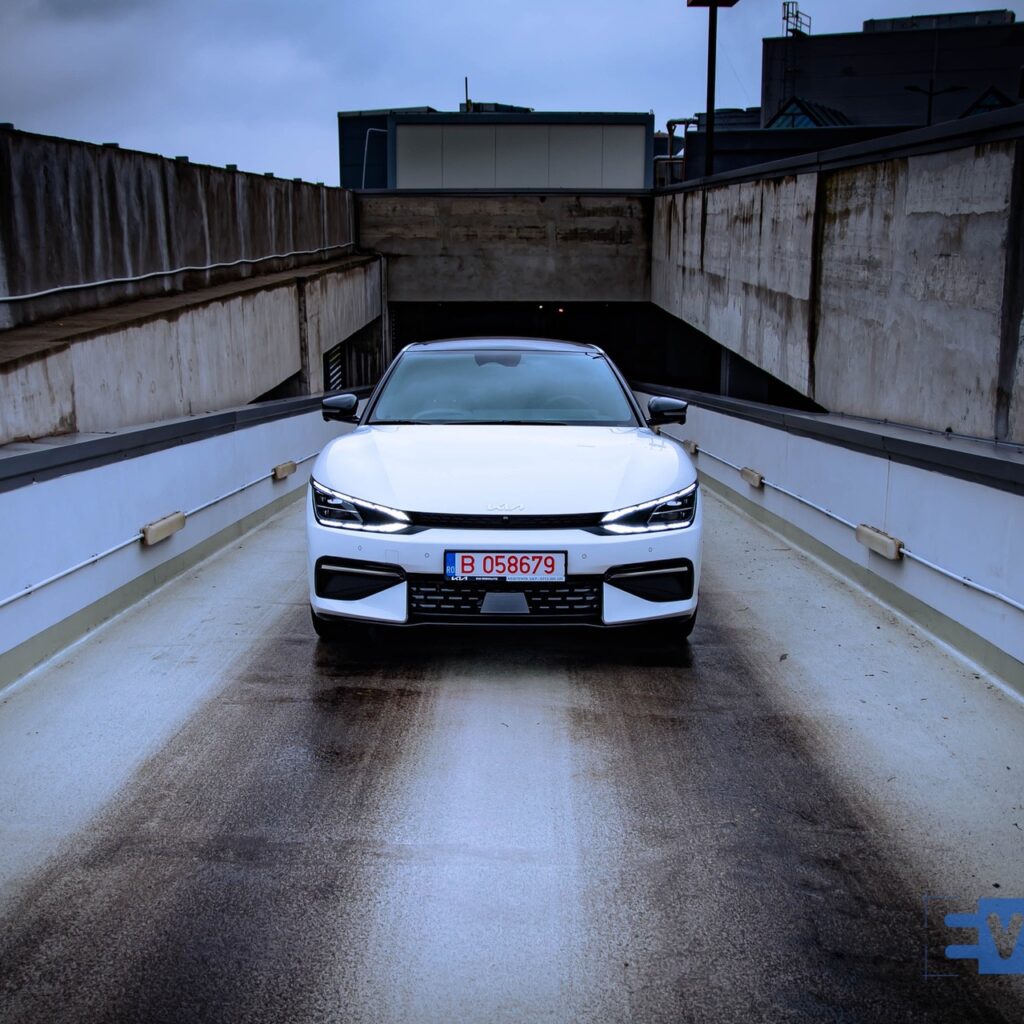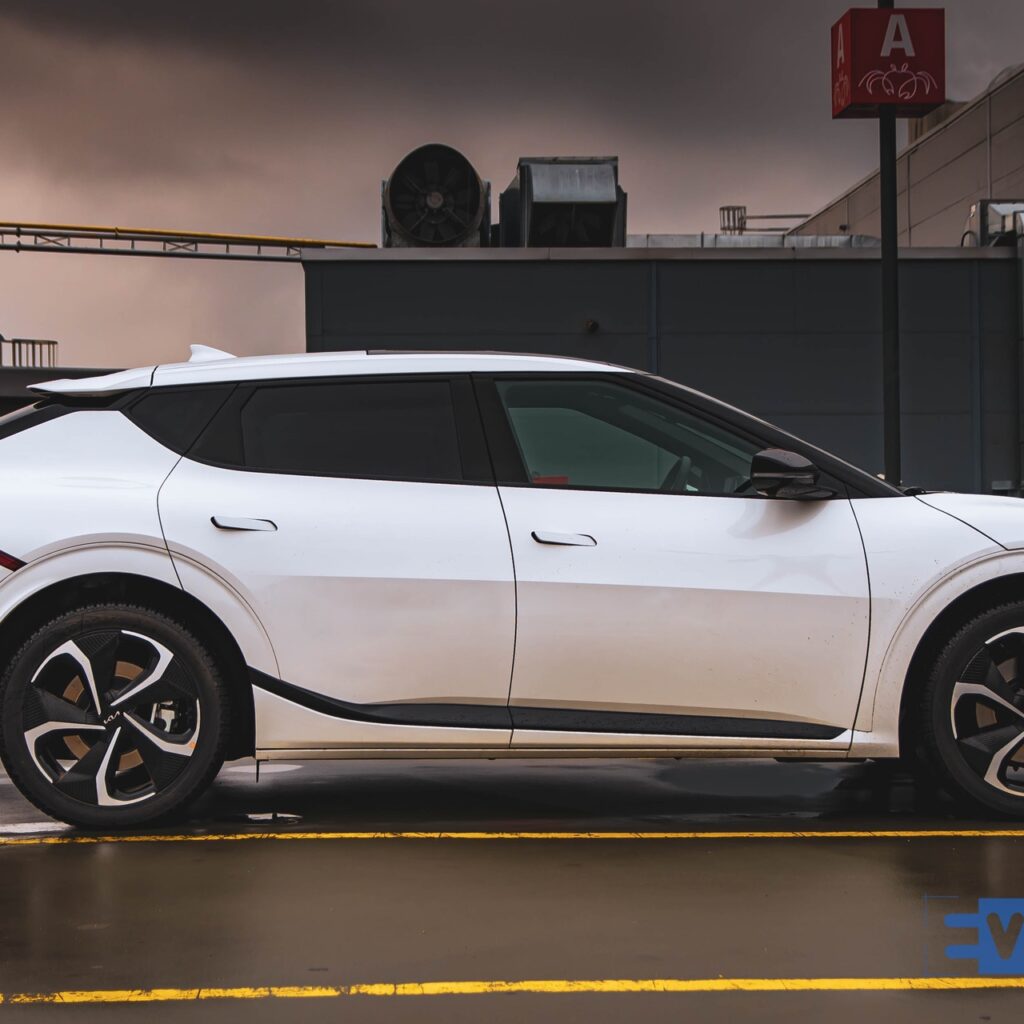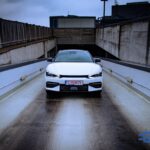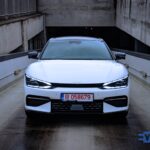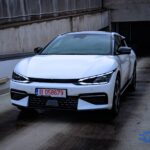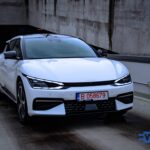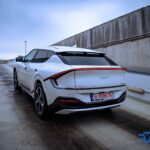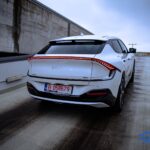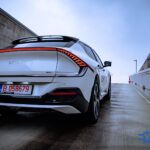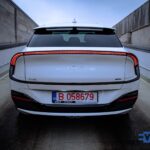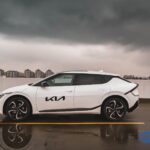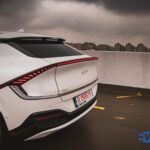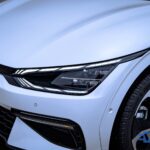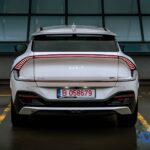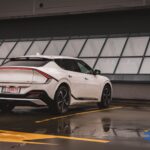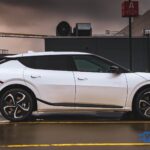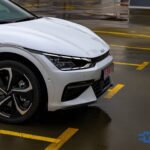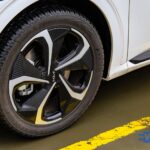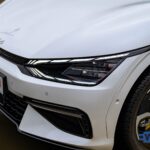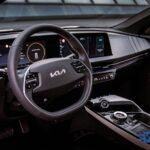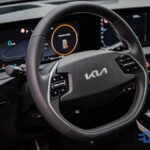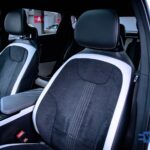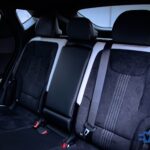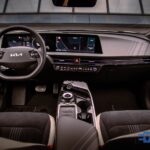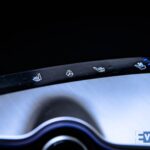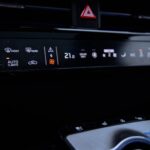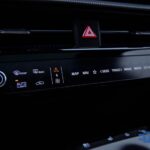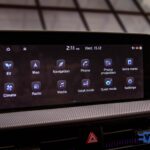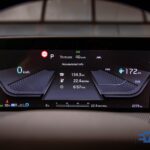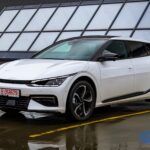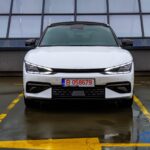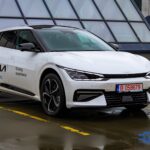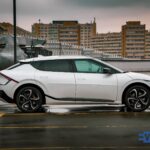Certain electric cars are bound to make a splash and attract a lot of attention. Without the usual constraints of internal combustion engines, taking the power of electric motors to outrageous levels is easy to achieve. Any car with 1,000 HP will attract a lot of curious looks. Any car with mind-boggling acceleration figures will get hundreds of positive headlines on websites around the world. And yet, a lot of people won’t actually care since the price tags are not attainable to many.
That’s why cars like the Kia EV6 also get a lot of praise and spark a lot of enthusiasm. Kia and Hyundai have been on a steady growth pattern in the last 20 years or so. They have been offering a lot of very good cars for decent prices. With the new, electric era just around the corner, the automotive market is curious to see how they will handle it. The answer to their potential success lies in the new E-GMP platform they developed.
Electric-Focused Platform
E-GMP stands for Electric Global Modular Platform and it was developed from the ground up to house electric models, and to be modular. That means it will underpin all the Battery Electric Vehicles to come from Seoul from now on. The first effort from Kia comes in the shape of the EV6, a car that, in theory, has all the tech you could possibly need, at a decent price.
That last bit is important because customers have been getting used to great deals from their Kia dealers. They also come with some of the longest warranties in the industry and that shows that Kia stands behind its products. At the same time, the EV6 is not necessarily cheap, at least according to Kia standards. The pricing is starting at $56,000 and while in the grand scheme of things it doesn’t seem like that much, makes the EV6 the most expensive car you can get from the South Korean manufacturer right now. And that’s the starting price! So, is it worth the money?
Great Looks With Higher Price Tags
The EV6 definitely has the looks for that price tag. It’s the first Kia to step away from what has become a trademark feature on the South Korean models lately: the Tiger Nose. Understandably so since the front end of the EV6 had to be streamlined and blocked out to make the car as aerodynamic as possible.
The front fascia is dominated by the headlights and their V-shaped LED daytime running lights, along with the noticeable creases on the hood. The nose is very slanted and the hood is rather big, making the whole fron- end of the car seem like it’s somehow an arrowhead pointing down. Round the back, you can’t help but notice the lightbar spreading from side to side and a somewhat familiar design, if you’ve ever seen an Aston Martin DBX.
In the metal, the EV6 feels a lot bigger than it does in the pictures. The proportions of the car make it seem smaller than it actually is. It’s nearly 1.9-meters wide and 4.7 meters long, making it an easy crossover, not a sporty hatchback as you might’ve thought at first.
It’s the length that takes you by surprise the most. Thanks to the modular, electric platform it is built on, the EV6 has its wheels positioned towards the extremities of the car’s body, offering an ample wheelbase of 2.9-meters. That’s along the lines of what a 5 Series will get you, but with a lot more room inside.
Step inside and you’ll notice that there’s ample room for just about anything, with one exception: headroom. For some reason, the Kia designers decided to somehow flatten the greenhouse of the EV6. Even though it’s just 1.550 millimeters tall, its ground clearance of 160 millimeters somehow squishes the proportions of the car. From the outside you may miss it. Sure, the keen-eyed will notice the small windows, but you really take it in once you step inside.
Up front and in the back, the headroom is rather limited, if you’re over 6-ft tall. That’s surprising, to say the least. Luckily, there’s ample knee room and those in the back can recline their seats, to get a bit more headroom. If you’re on the driver’s seat though and you’re tall, you might be looking at the sun visor most of the time while driving.
The floor is flat though and favors using it to the max. Up front, the center armrest has a floating design and plenty of storage spaces for everything you could imagine. There are also no less than four charging outlets (including the 12V socket) and you could probably shove a small backpack in the storage space under the armrest.
Plenty Of Tech And Good Quality Materials
As for the materials used, the perceived quality in this car will vary depending on the way you spec it. Our tester was a GT-Line model with all the bells and whistles. Those included perforated leather and a soft-touch plastic on the dash and center armrest. The door panels also feature soft-touch plastics on the top half and a cheaper alternative towards the bottom. The dashboard is where things become even more interesting. That’s because it is dominated by two 12.3-inch screens that come as standard on all EV6 models. They are, as you might be suspecting, used as an instrument cluster and infotainment system. Both have great graphics, high resolutions and work flawlessly. You get Android Auto and Apple Carplay as standard.
Inside the right-side screen you’ll find a menu for the electric gremlins under the sheet metal, letting you know that there’s a massive battery hidden in the floor along with one or two electric motors powering the car.
Depending on what you choose, the EV6 can be had in a number of guises. There are two rear-wheel drive versions and two all-wheel drive alternatives, the latter coming with a dual-motor setup, one for each axle. You can also choose from two different battery sizes: 58 kWh and 77 kWh. Our tester was the RWD Long Range version. That means it had one electric motor, on the rear axle, good for 228 HP and 350 Nm of torque, quenching its thirst for electrons from a 77-kWh battery.
310 Miles on EPA Rating
According to the EPA, this version of the EV6 should have a range of 310 miles on a single charge (500 kilometers), which is incredibly impressive. If you do the math, it will add up to 4 miles/kWh. However, real life scenarios will differ and really put this claim to the test. During my time with the car, the results were wildly different but there were also some elements working against the EV6.
As we all know, electric cars really don’t fare well in cold weather. Studies have shown that the range in the cold can drop by 10 to 40%, or even more. Unfortunately for me, while I had the car for testing purposes, the exterior temperature didn’t go over 5 degrees Celsius. Most of the time, they were actually negative, around -2 degrees. Furthermore, the car was wearing winter tires and 20” wheels, which are known to be less efficient that the 19” ones on which WLTP and EPA tests are carried out.
That said, the overall energy consumption recorded by the car was around 21 kWh/100 km covered. Around town, the range was about 370 kilometers while on the highway, at an average speed of 130 km/h, that range dropped to around 300 kilometers. I should mention that I did not cut any creature comforts either, keeping the AC at 21 degrees Celsius and using only Comfort mode at all times. Eco or ECO+ modes might’ve helped but I wasn’t chasing the best possible result but more along the lines of a worst-case scenario. It’s better to arrive at a charger with more range than you expected than the other way around.
Speaking of which, the EV6 does have a massive plus on its side when it comes to charging: the 800V architecture. That means that it can take up more power from the charger than most of its rivals, the maximum being 350 kW. If you can find a charger that powerful, you should replenish your battery (up to 80%) in some 18 minutes. Shockingly fast!
The problem is, such powerful chargers are scarce and you rarely come across one. Most of the DC CCS chargers are 50 kW or 75 kW units and that means the charging process will take a lot longer. During my time with the car, I used a 75 kW charger twice, getting the battery from 40% to 80% on both occasions in about 20 minutes.
Driving Experience
Once charged up, you can set off to see how this car drives and it’s not bad at all. Kia says it was developed to deliver a sportier ride than its Hyundai Ioniq 5 brother and, even though I didn’t get to drive that car yet, the EV6 felt rather well damped and planted on the road.
The suspension is one of the highlights, absorbing bumps and imperfections rather well. That’s one of the faults that many electric cars have to this day, especially those developed on platforms that were initially designed for ICE models. The added weight of the batteries makes the ride harsh and unsettled. That was not the case with the EV6 and you could tell it was created from the ground up to be electric. The dampening was perfectly set up, and the car keeps its composure in most situations, remaining quiet over uneven surfaces too.
Don’t think of it as a sports car though, at least not in this Long Range, RWD guise. Sure, you can get the back to slide out as the instant torque will spin up the rear wheels, but we’re still talking about a car that weighs 2 tons and has just 228 HP. Therefore, the 0-100 km/h sprint takes 7.3 seconds and the top speed is limited to 185 km/h.
Even so, in Sport mode, the EV6 feels lively. The steering is direct but lacks feedback, but the rear end is bursting at the seams with torque, every time you even look in the direction of the go-faster pedal. The weight is well distributed over both axles and, even though it doesn’t have adaptive dampers, the car’s weight is kept well under control. The ride is a bit on the harsher side of things but I wouldn’t necessarily call it stiff.
And while driving it fast definitely will get your heartbeat going, it’s when you relax behind the wheel that you actually get to enjoy the EV6. The new-age EV comes with a lot of tech on-board to help you out, from adaptive regenerative braking (which works wonderful) to driving aides of all sorts. You can get a steering assistant, highway driving assistant and you’re kept safe at all times by the blind-spot monitoring system that uses the cameras in the side mirrors to warn you if there’s anything behind you. Once you turn on the blinker, a live feed from the cameras pops up un your dash.
The highway assistant isn’t bad either. It will actually help you switch lanes. Once you turn the adaptive cruise control on, along with the lane keeping assistant, the HDA will be on too. Therefore, once you signal a lane switch, the car will actually turn for you ever so slightly. You’ll still be better off doing it yourself, but it’s a nice gesture from Kia to include this system in the mix.
Another nice bit of tech the EV6 has is Vehicle to Load. This technology is considered a sort of essential kit by many car makers in the industry. That’s because it allows the car to feed energy into the grid, not just the other way around. In the future, when electric cars will be dominating the scene, this tech could help stabilize grids when they are under heavy stress. Furthermore, you can also use this tech to power up various appliances or even another electric car, albeit only with up to 3.5 kW.
Conclusion
At the end of the day, the EV6 delivers on all fronts and then some. It’s a capable, comfortable and sometimes sporty car that has all the tech it needs to become a best-seller. It is, without a doubt, one of the best electric cars out there today, faults included. The only issue some people will find with it will be the price and that’s only because this is a Kia. Overall though, it’s worth the money, if you’re interested in a cutting-edge electric model.

